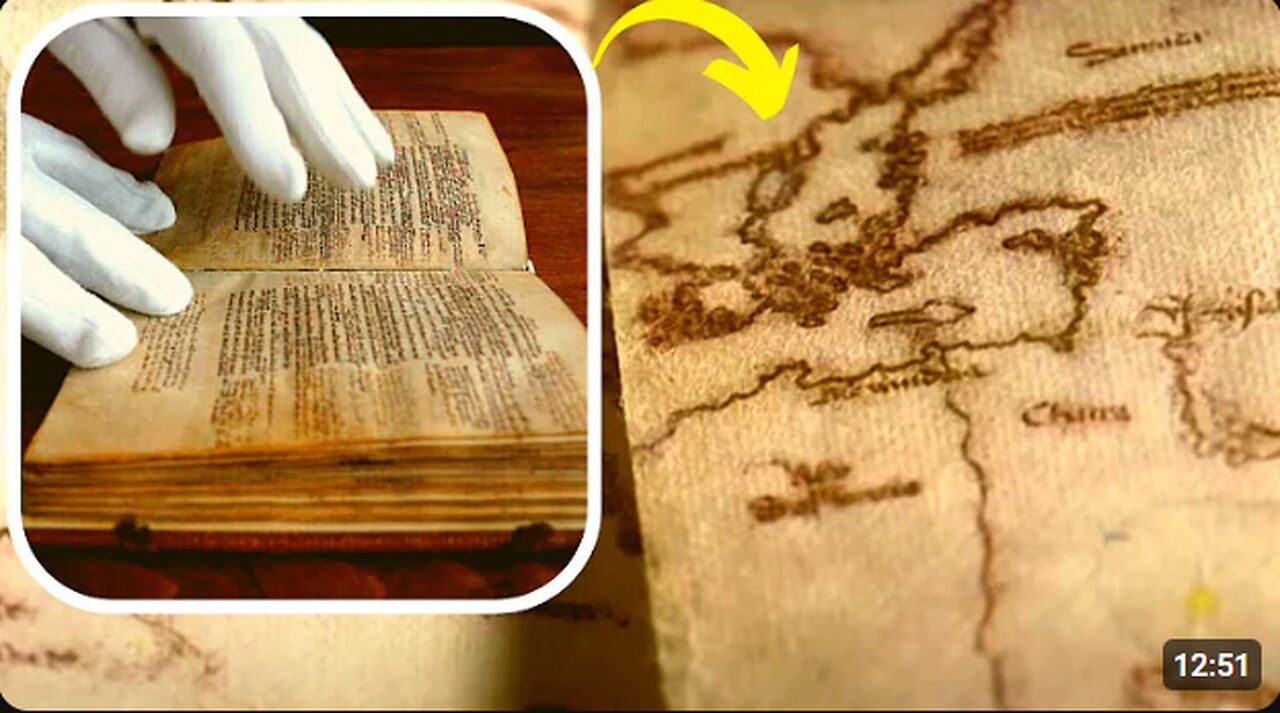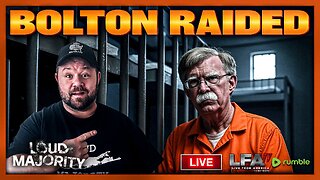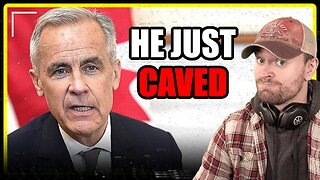Premium Only Content

The Mystery of the VINLAND Map
The central conspiracy surrounding the Vinland Map concerns its authenticity as a genuine medieval artifact. If proven authentic, the map would provide evidence of Norse exploration of North America around the year 1000 AD, significantly predating the voyages of Christopher Columbus. This notion challenges traditional Eurocentric narratives of discovery and colonization of the Americas, suggesting a more complex and interconnected history.
Arguments For Authenticity:
Provenance: The map's proponents point to its inclusion in the Yale publication and the credible provenance provided by Laurence Witten II and Paul A. Mellon, who claimed it was part of a European family collection for centuries.
Stylistic and Historical Context: Supporters argue that the map's depiction of Vinland aligns with descriptions in Norse sagas, which mention Leif Erikson's exploration and settlement attempts in North America.
Scientific Analyses: Early radiocarbon dating studies suggested a medieval date range for the parchment, bolstering claims of its authenticity.
Arguments Against Authenticity:
Ink and Parchment Analysis: Subsequent scientific analyses have raised doubts, particularly regarding the ink composition. The presence of anatase, a form of titanium dioxide, in the ink suggests a modern origin, as this material was not known to be used in medieval inks.
Historical Anomalies: Critics point to inconsistencies in the map's historical record and the lack of concrete evidence linking it to known medieval cartographic traditions.
Motives for Forgery: Some theorists argue that the map could have been forged in the 20th century to capitalize on public interest in Norse exploration and early American history.
2. Alleged Forgeries and Misrepresentation
A significant conspiracy theory suggests that the Vinland Map is not an authentic medieval artifact but a skillful forgery created to deceive scholars and historians. This theory posits various motivations behind the forgery, including financial gain, academic prestige, or nationalistic agendas aimed at promoting Norse exploration claims over other European powers.
-
 LIVE
LIVE
SpartakusLIVE
4 hours agoWARZONE NUKE IS BACK?! || Solo Challenge CHAMPION to start, duos w/ the Dawg later
949 watching -
 LIVE
LIVE
SynthTrax & DJ Cheezus Livestreams
11 hours agoFriday Night Synthwave 80s 90s Electronica and more DJ MIX Livestream OUTSIDERZ Edition
125 watching -
 LIVE
LIVE
megimu32
3 hours agoOFF THE SUBJECT: FAFO Friday! Shure GIVEAWAY!
270 watching -
 LIVE
LIVE
AlaskanBallistics
1 hour agoI Love This Gun Podcast #61
56 watching -
 LIVE
LIVE
The Amber May Show
2 hours agoChristian Music Night with Amber May, Wendy Wild & Ace
130 watching -
 LIVE
LIVE
LFA TV
18 hours agoLFA TV ALL DAY STREAM - FRIDAY 8/22/25
588 watching -
 LIVE
LIVE
Amish Zaku
9 hours agoRumble Spartans August Event- Classic Halo Multiplayer
55 watching -
 LIVE
LIVE
OhHiMark1776
23 hours ago🟢08-22-25 ||||| Halo Multiplayer Rumble: No. 17 ||||| Halo MCC (2019)
62 watching -
 42:57
42:57
MattMorseTV
3 hours ago $0.52 earned🔴Canada just SURRENDERED.🔴
65.7K53 -
 LIVE
LIVE
JdaDelete
23 hours agoBaldur's Gate 3 - Episode 2 | Friday with Friends
19 watching